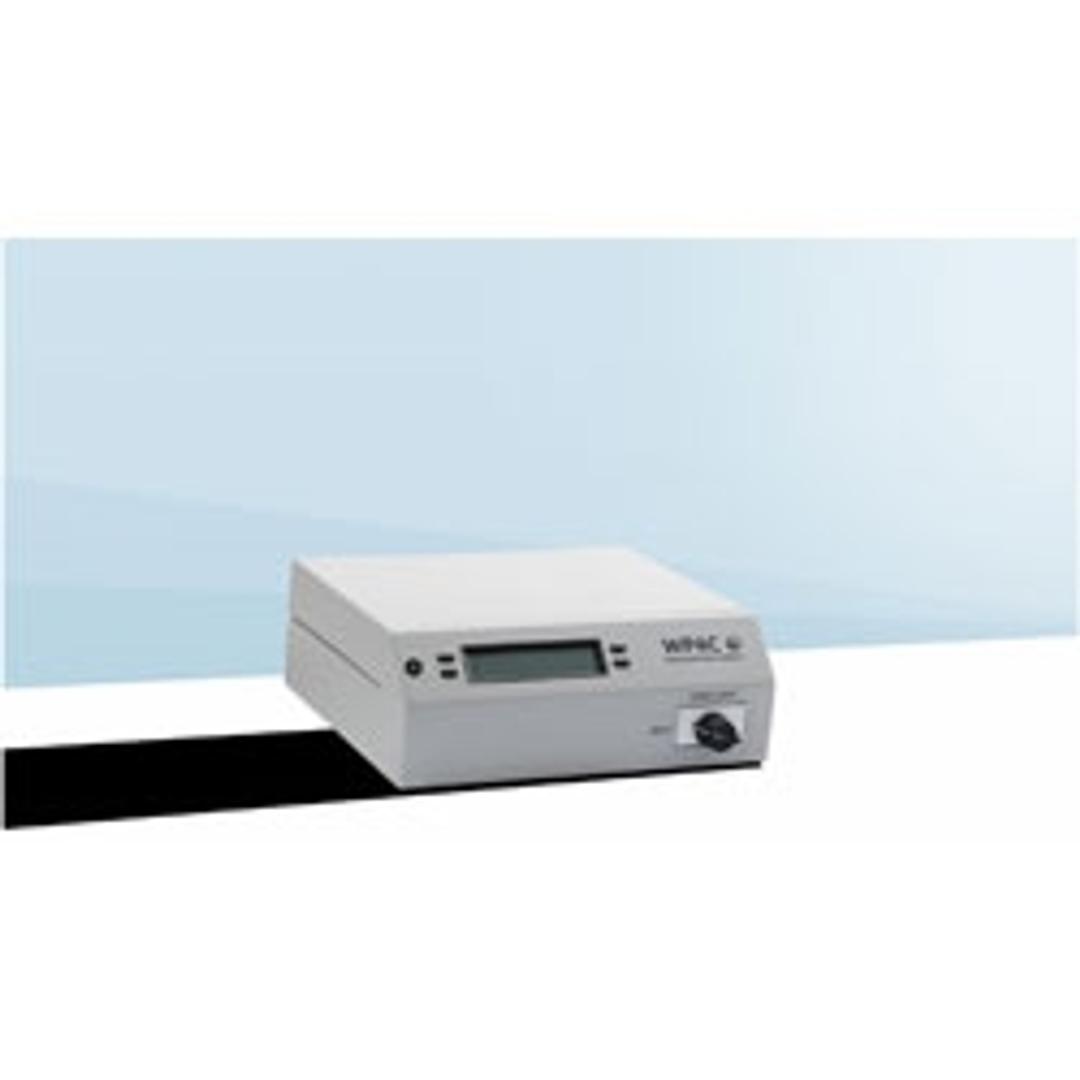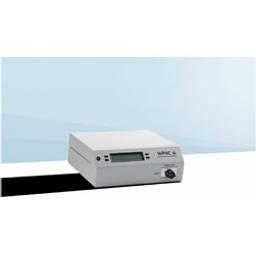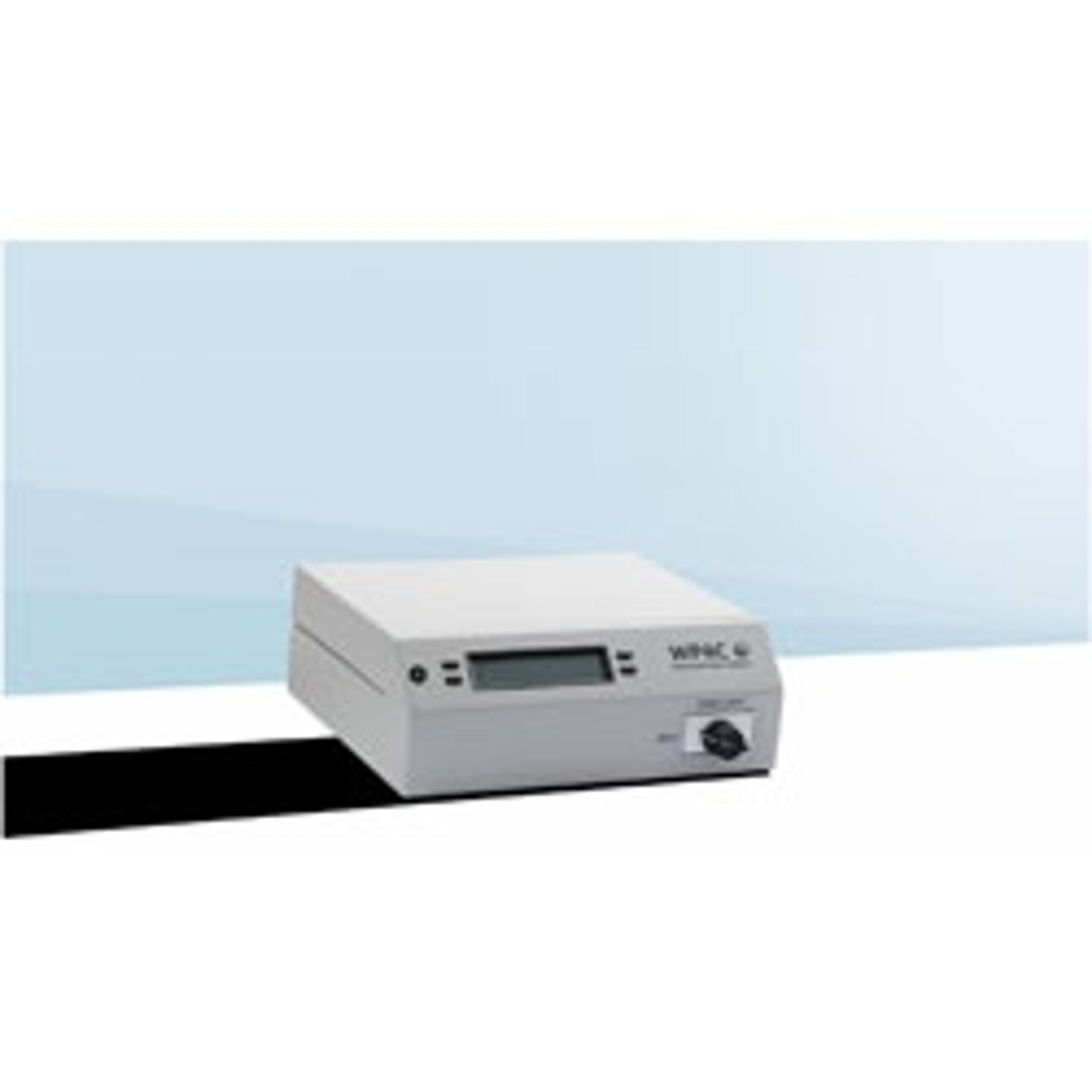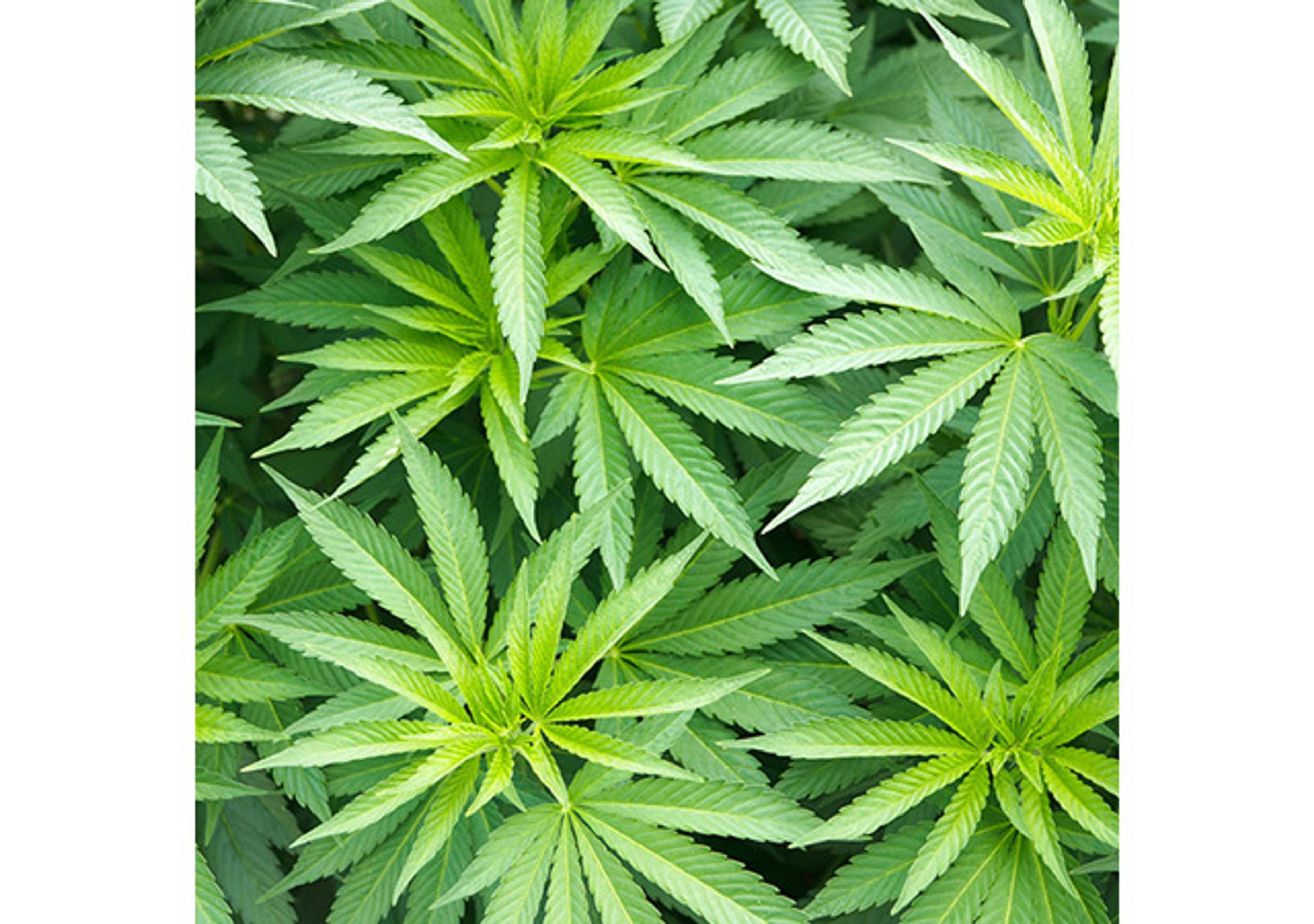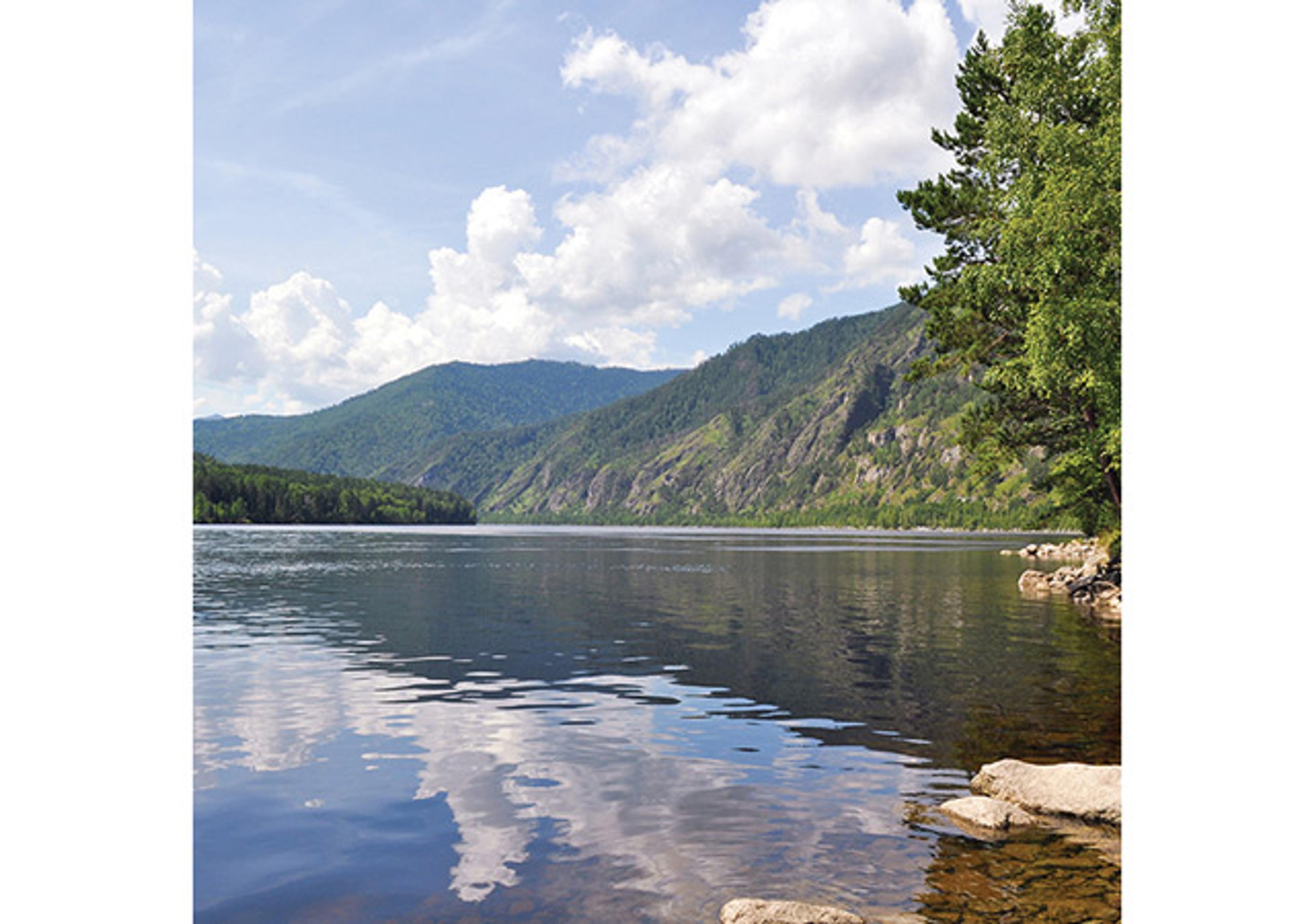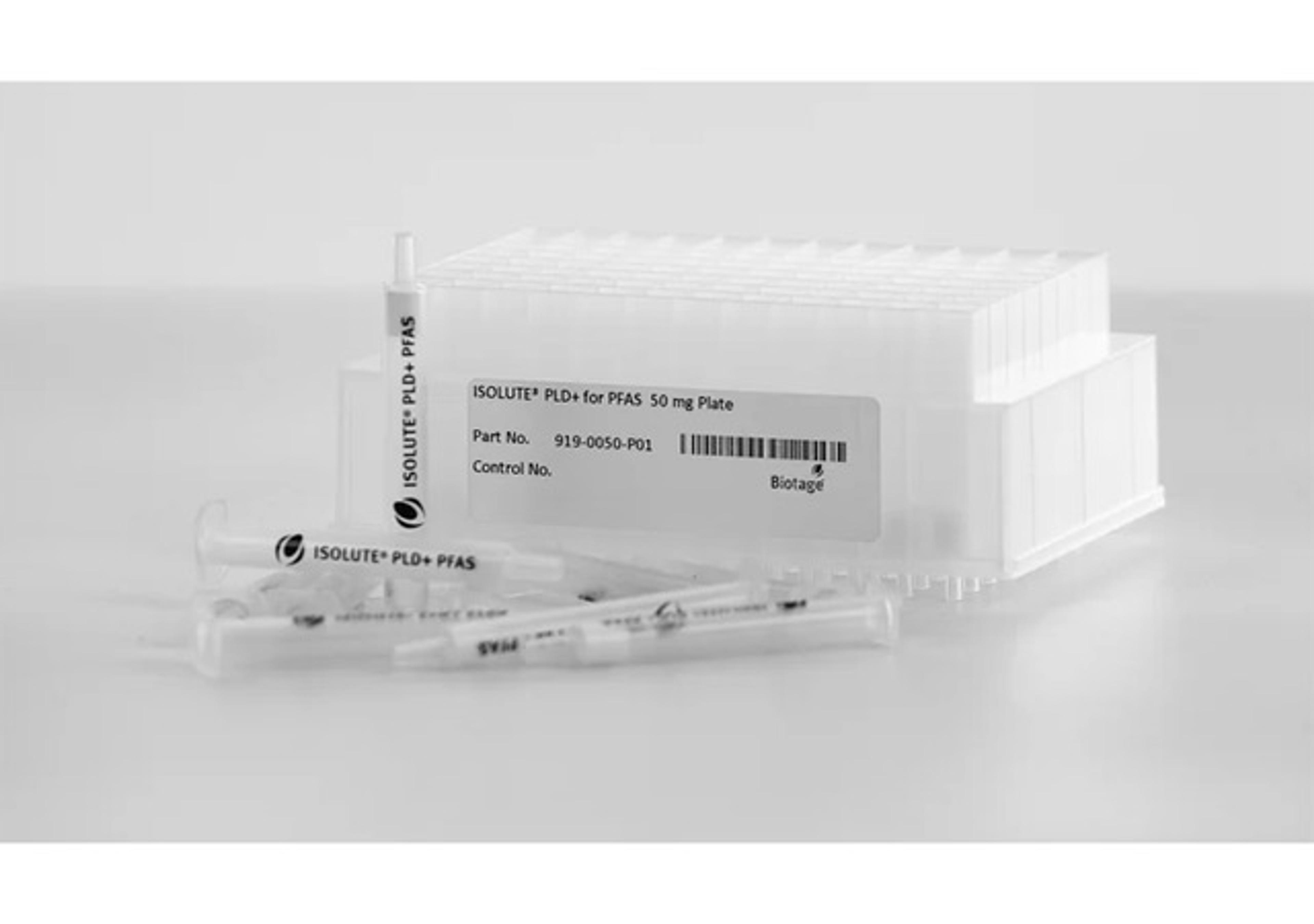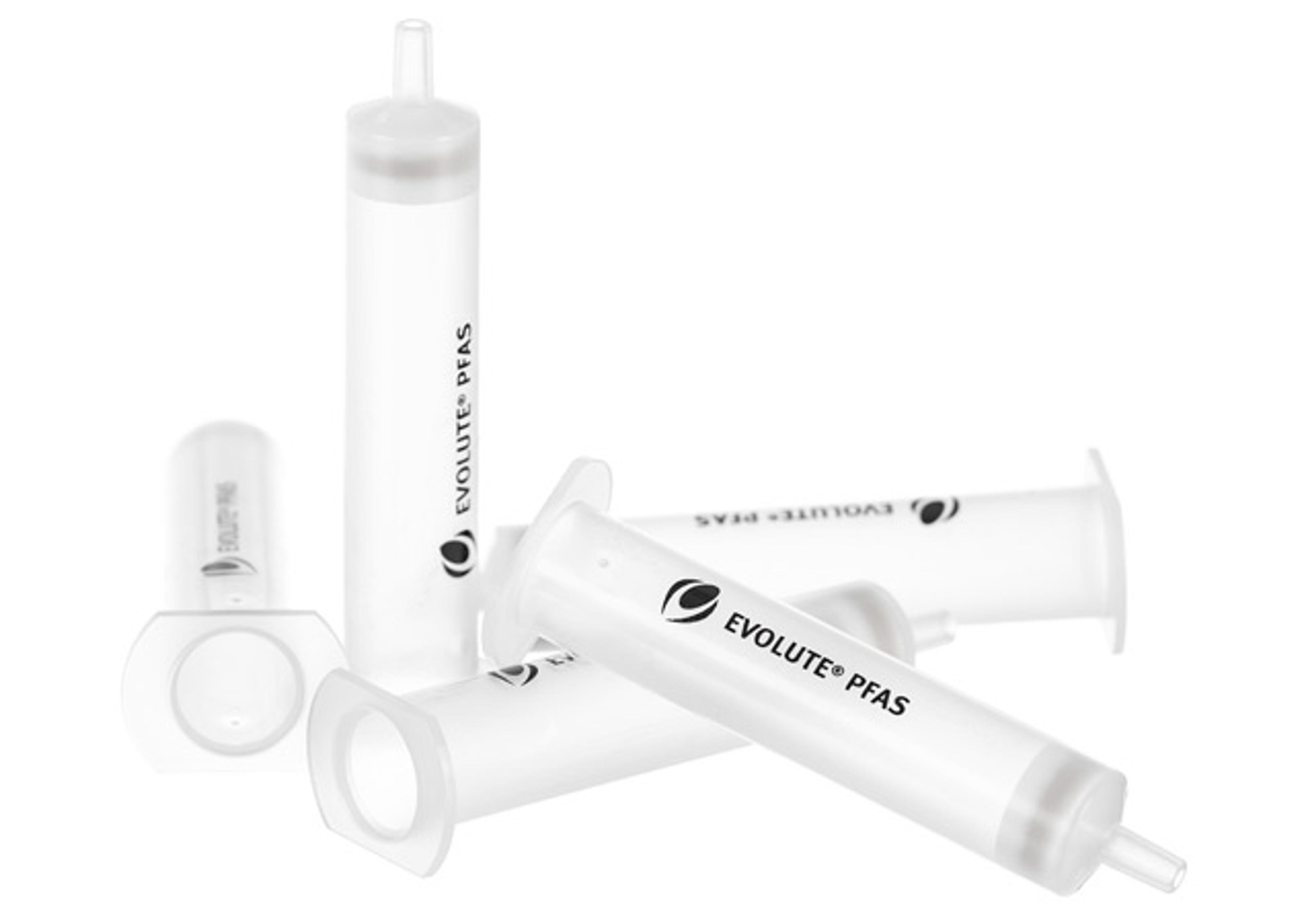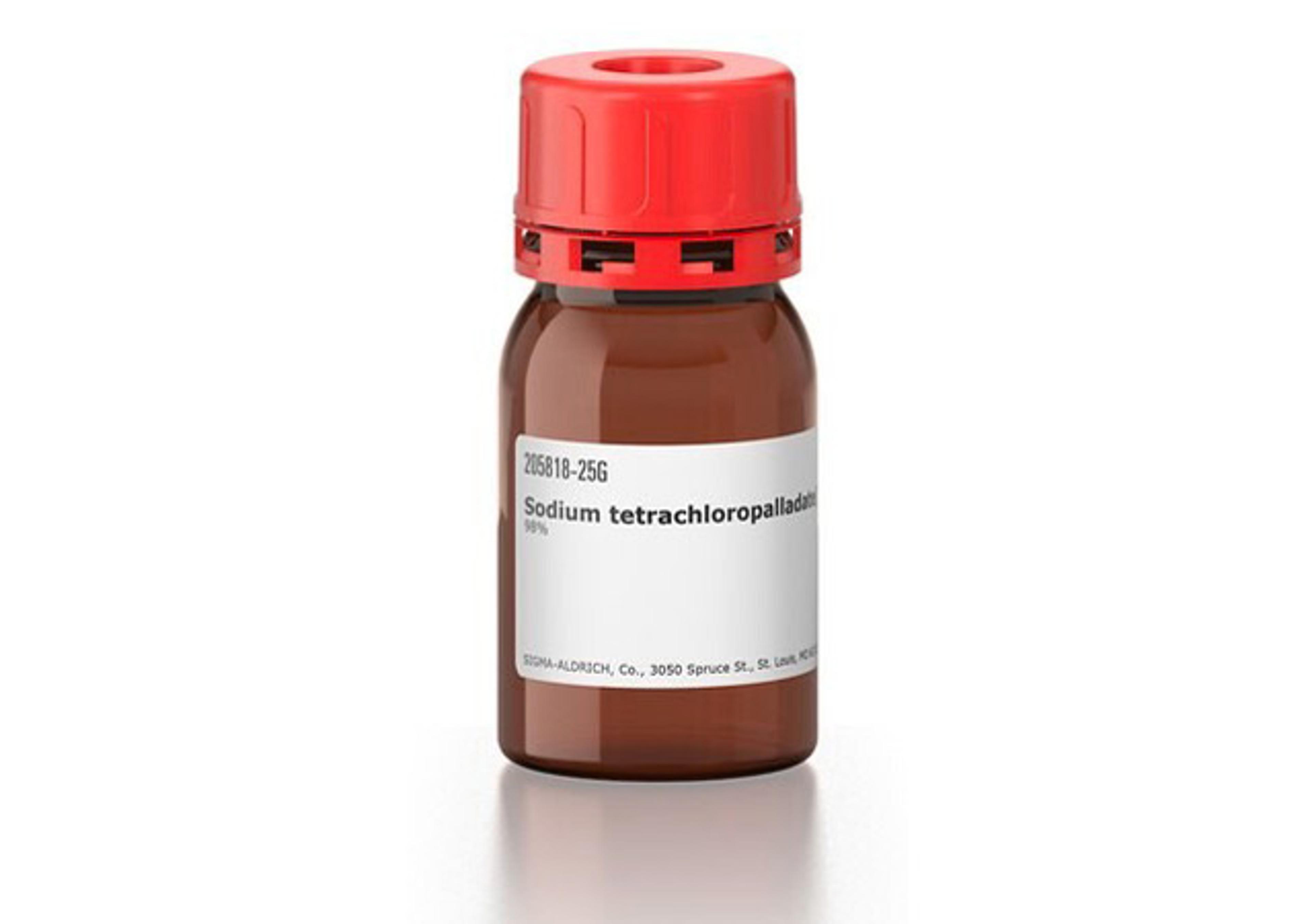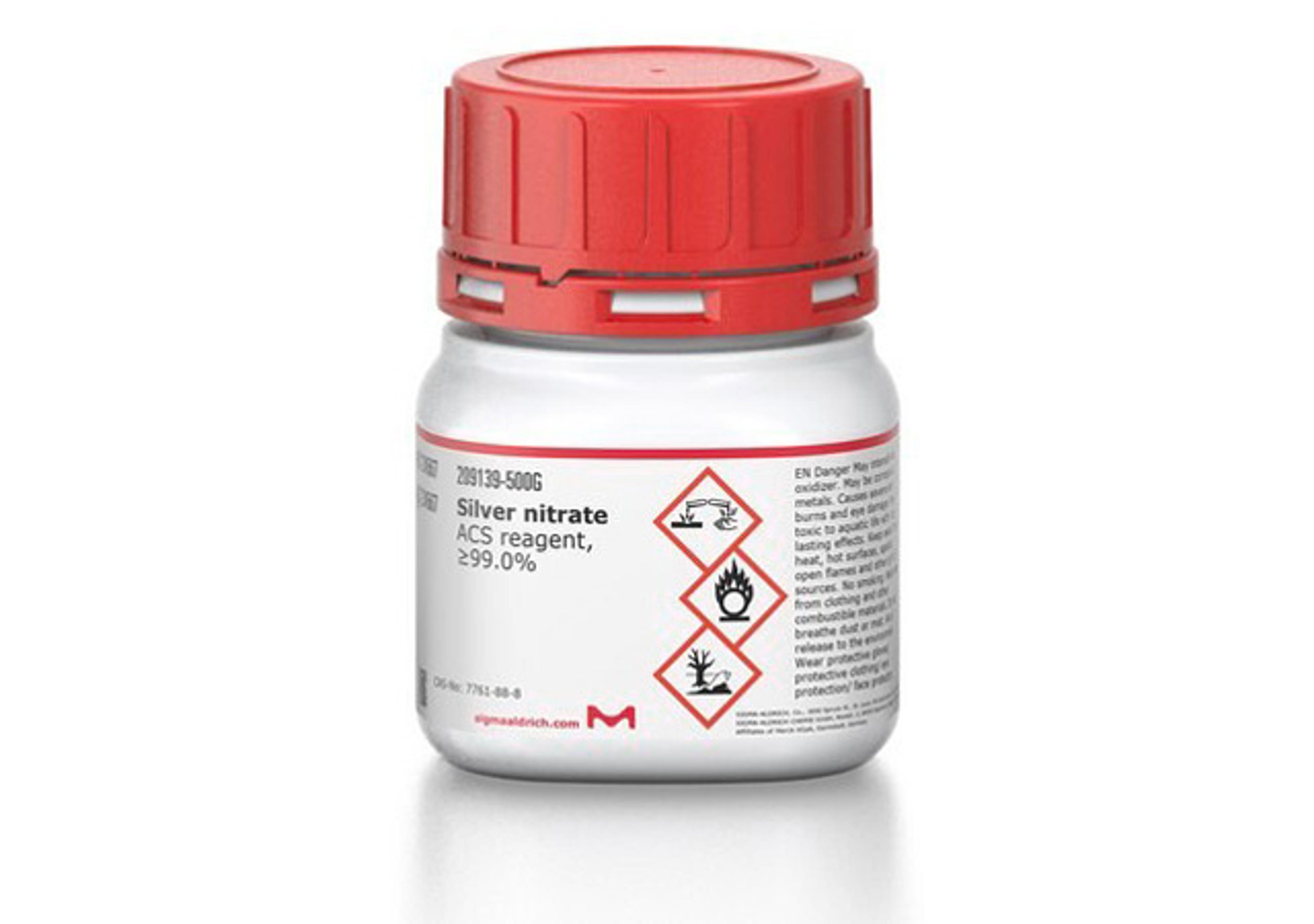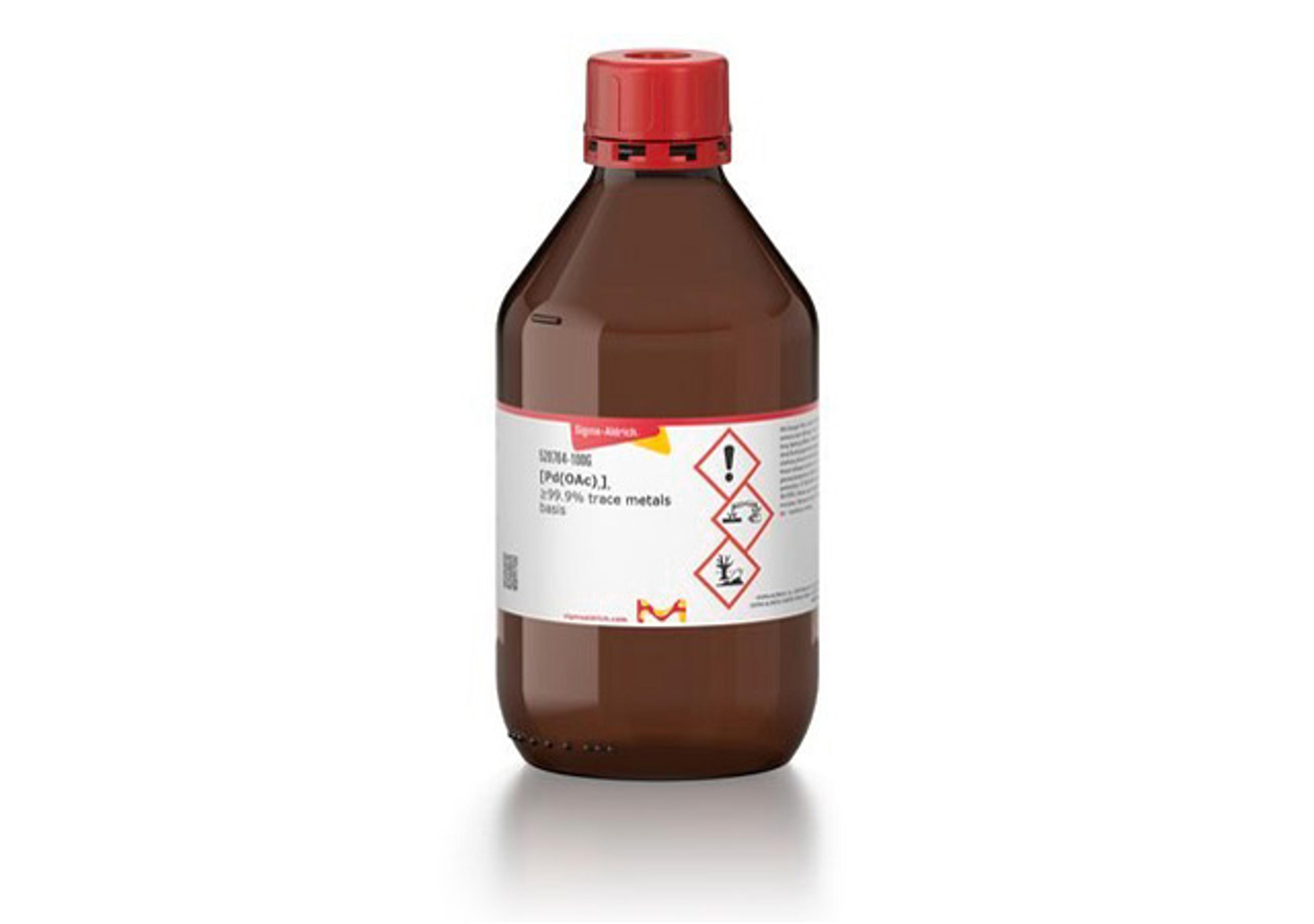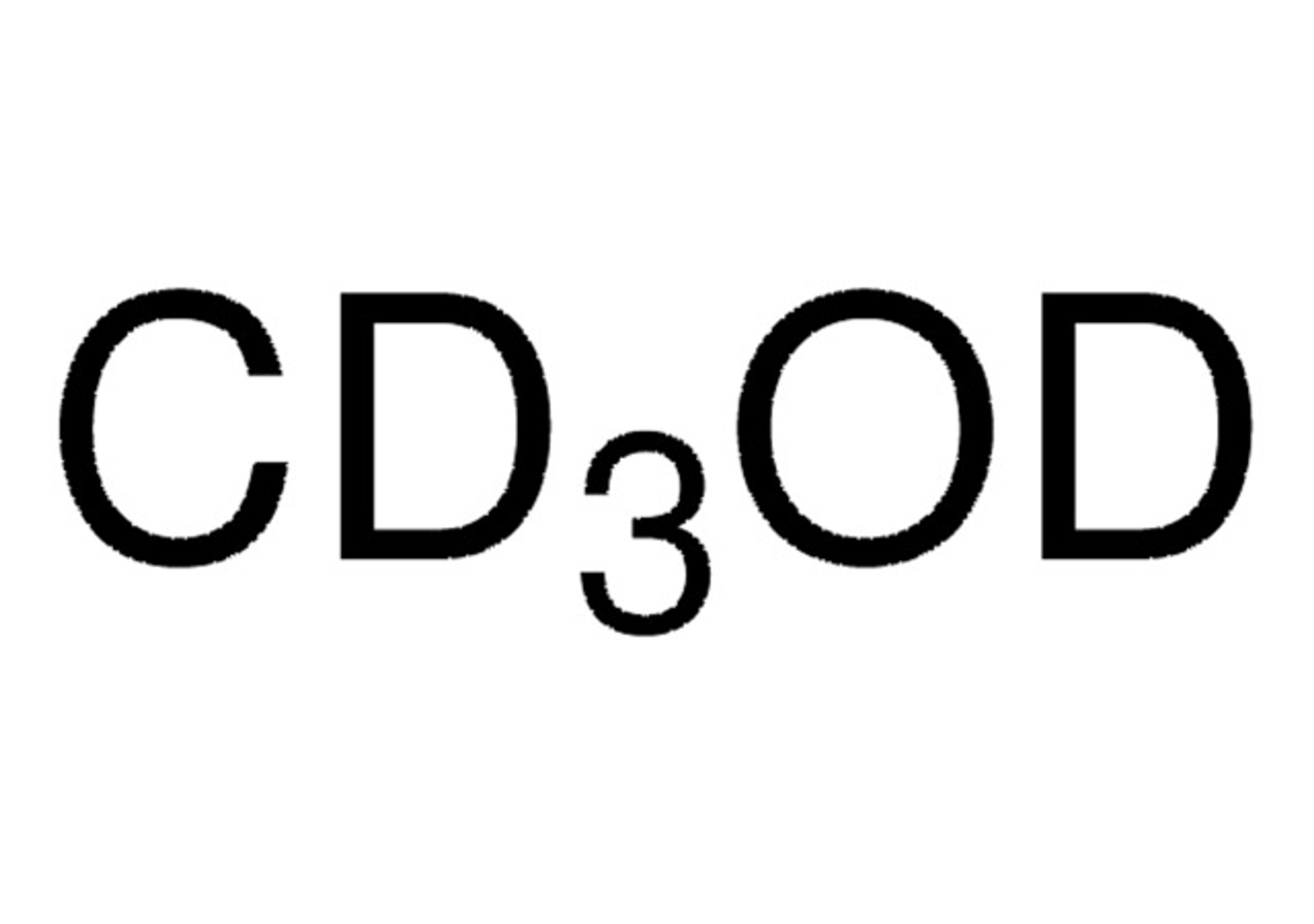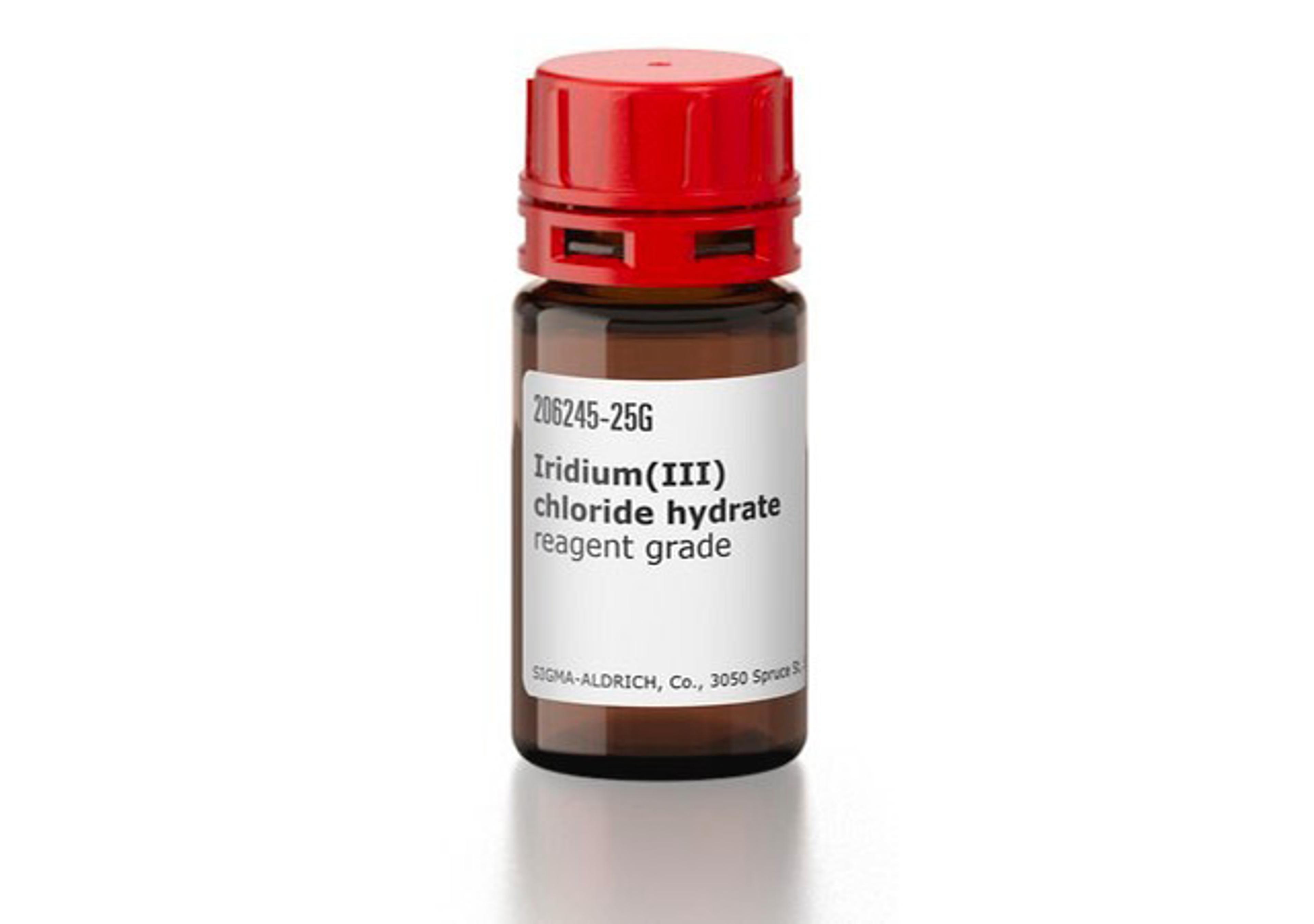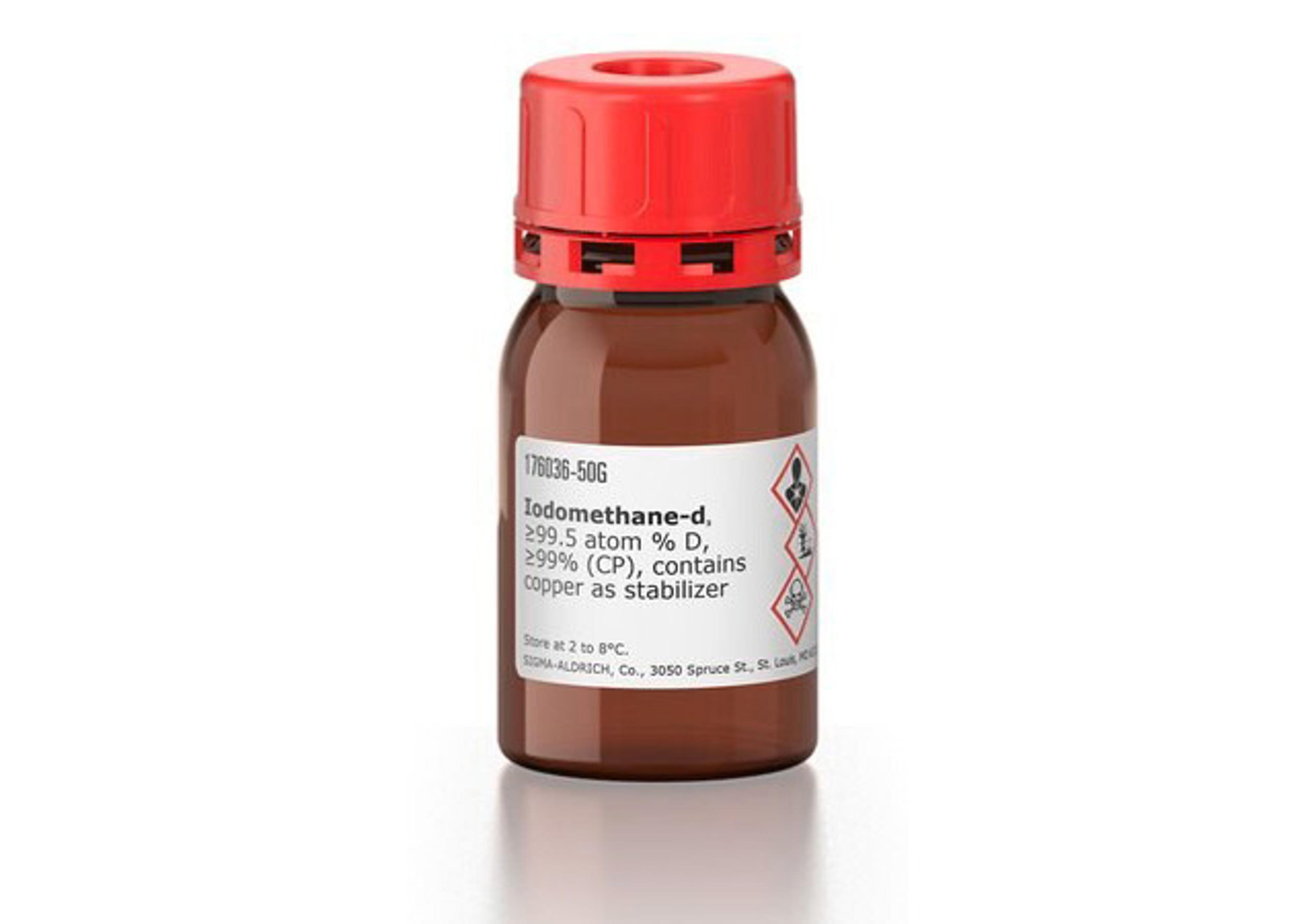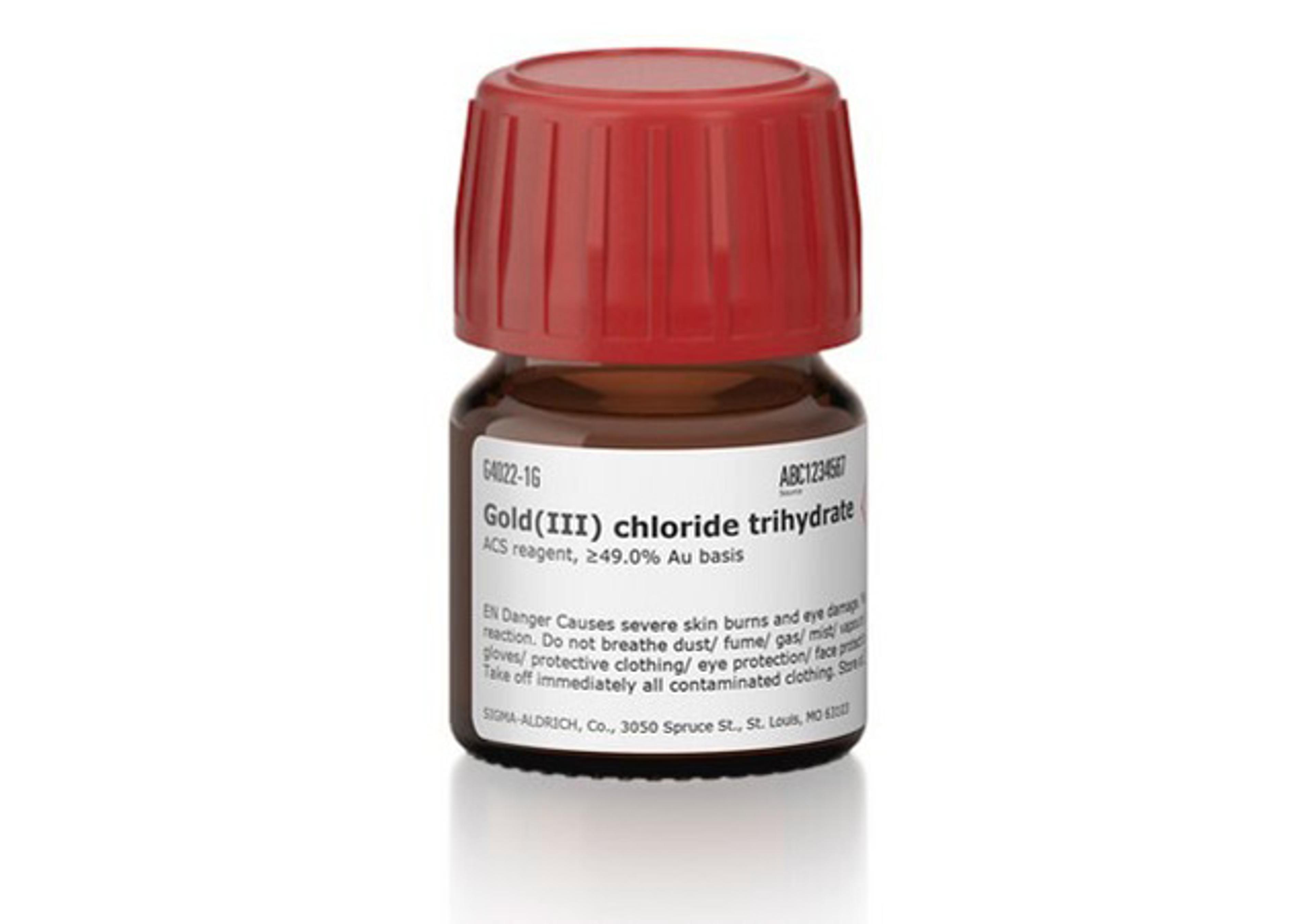WP4C
Soil water potential lab instrumentation
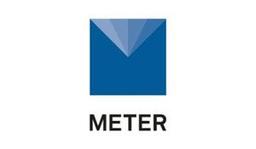
The supplier does not provide quotations for this product through SelectScience. You can search for similar products in our Product Directory.
Good product
Soil science
In my experience, the WP4C represents a major step forward in sustainable and efficient laboratory practice. Compared with traditional Richard pressure chambers, it eliminates the need for high-pressure gas systems, reducing both energy use and safety risks. The chilled-mirror dew point method delivers precise measurements in just a few minutes, drastically improving workflow efficiency and cutting down on sample waste. From a sustainability perspective, the WP4C has a clear advantage: minimal power consumption, no gas cylinders to maintain or replace, and a durable design that extends instrument lifespan. It’s simple to operate, requires little maintenance, and integrates seamlessly into digital lab environments. Overall, the WP4C combines scientific accuracy with environmental responsibility — a rare case where performance and sustainability genuinely align. It’s a smart investment for any laboratory aiming to reduce its environmental footprint without compromising data quality.
Review Date: 24 Nov 2025 | METER
Water potential measurement
The WP4C is a complex instrument due to its versatility, but extremely easy to use with sample sizes up to 7 ml. Simply fill half of the cup with soil, leaves or seeds, and then equilibrate the sample.
The dew point sensor inside the WP4C is a primary measure of water potential, not some secondary parameter merely correlated with water potential. It measures the combined matric and osmotic potential using fundamental thermodynamics and a finely-tuned calibration.
Here’s how it works:
The WP4C determines the relative humidity of the air above a sample in a sealed chamber (conforms to ASTM D6836). Once the sample comes into equilibrium with the vapor, relative humidity is determined using the chilled mirror method. This involves chilling a tiny mirror until dew starts to form. At the dew point, the WP4C measures both mirror and sample temperature within 0.001 °C. This allows for unparalleled accuracy in the -0.1 MPa to -300 MPa range so you can have full confidence in sample readings.

